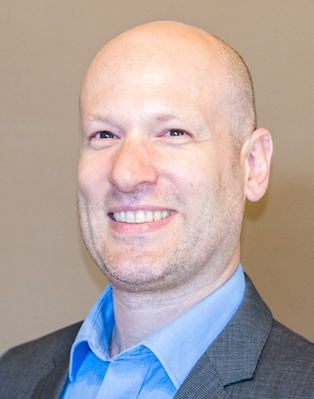Organized Session
Organized Session
Organized session proposals are invited. An orgnized session proposal should include the title, aim and scope of the session, and the names, e-mail addresses, affiliations and short bios of the organizers. The proposal can include additional information such as a list of potential contributors. At least three papers should be arranged in an organized session.
Proposals should be sent by e-mail to SWARM 2017 Secretariat.
All proposals should be submitted by May 12, 2017.
Accepted Sessions
Accepted Sessions
Advanced control methods and technologies for bio-inspired robotic locomotion by Fumihiko Asano (Japan Advanced Institute of Science and Technology)
This organized session invites studies on advanced methods of motion generation, stability analysis, learning control and mechanism design for biomorphic locomotion robots and its support technologies. In this session, the presenters discuss mainly about mathematical methods for achieving robot locomotion and its understanding from the biological point of view. We also welcome studies on the concepts of novel robot locomotion as non-existent and unknown creatures, and its advantages in adaptation to a complicated environment. This session provides a forum to discuss the necessity and direction of novel and unknown moving forms of locomotion robots.
Insect's movement patterns revealed by virtual reality system by Ryusuke Fujisawa (Hachinohe Institute of Technology)
This organized session invites studies on movement patterns of insects. The patterns include sophisticated strategies such as efficient searching behavior. The presenters discuss movement patterns of insects which can be revealed by novel tracking systems, especially virtual reality systems. This session contributes novel measurement systems, analyses and observational studies of animal movements.
Recent advances in snake robotics by Jan Tommy Gravdahl (Norwegian University of Science and Technology, Norway), Tetsushi Kamegawa (Okayama University, Japan), and Motoyasu Tanaka (The University of Electro-Communications, Japan)
Snake robots, both crawling, swimming and flying, continue to attract interest from the robotics community. The biologically inspired flexible body of such robots enable motion and applications that are not possible by other types of robots, and although research in this field has been conducted for several decades, there are still both theoretical and practical aspects of snake robot locomotion that has not been addressed. In this organised session, we invite researchers to present their recent work on all aspects of snake robot research. Possible topics include, mechanical design, mechatronics, mathematical modelling, control and analysis, but all new research connected to snake robotics is welcomed.
Artificial swarm systems by Masahito Yamamoto (Hokkaido University) and Keisuke Yoneda (Kanazawa University)
This organized session welcomes papers related to the field of so-called “swarm robotics”. Practically, swarm robotics was born in a field of robotics as a kind of distributed autonomous robotic systems with the concept of the emergent methodology for extremely redundant systems. They are typically consisted of homogeneous autonomous robots, similar to living animals that build swarms. The topics included in this organized session might be the emergent mechanisms of building collective behavior not only in a physical robotic swarm but also in a simulated robotic swarm, various methods of analyzing collective behavior, typically, the congestion which always is observed in a robotic swarm, potential engineering applications to our daily life and many others. Proposing original ideas or methods in this field is also encouraged.
Advanced control and optimization for large-scale networked systems by Toru Namerikawa (Keio University)
This session is intended as presenting recent developments at the advanced cooperative control theories and optimization algorithms for large-scale and complex networked systems Despite a great deal of efforts for the past few decades, these areas remain active driven by strong social needs. In particular, among many research directions, our focus is placed on synchronization, formation control, optimization and distributed algorithm for large-scale systems including networked robotics, human networks and transportation networks.
Understanding a Hierarchical Organization of Swarming Dynamics by Hiraku Nishimori (Hiroshima University), Masashi Shiraishi (Hiroshima University), Olaf Witkowski (ELSI), and Takashi Ikegami (University of Tokyo)
One of the complex nature of self-organization of swarming can be found in its hierarchical structure. For example, from a division of labor in ants and bees nets and a clony formation of ardeidae, and to complex human communities, we see that it is not to easy to classify its hierarchical structures. Because its complex self-organization is only captured from an internal observer's point of view. Each agent of a community has its own internal state, memory and inference capabilities and sensor-motor coupling, hich a simple machine learning approach cannot take into account. We would like to challenge this problem by taking new modeling and analysis approaches to artificial and natural systems.










